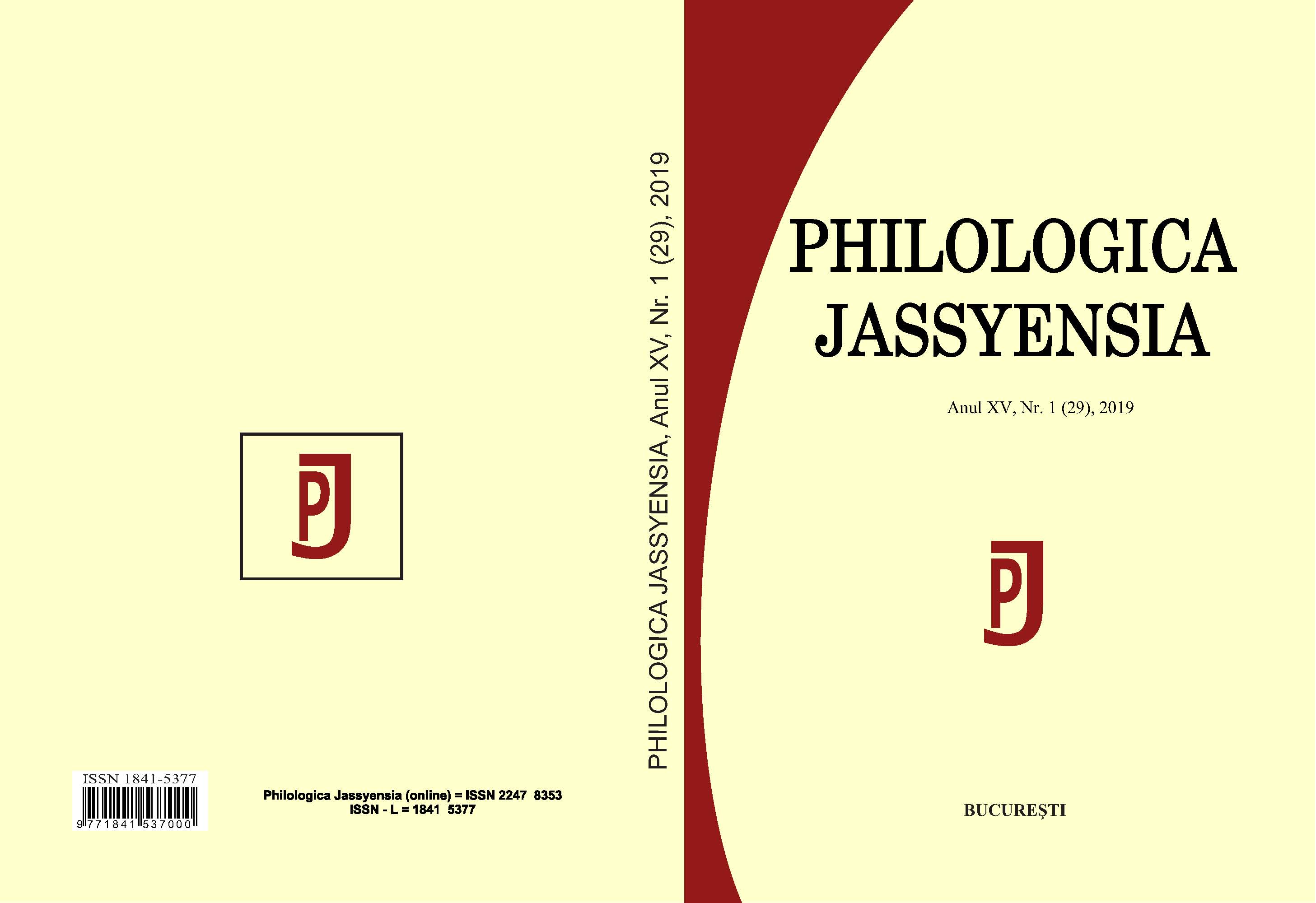Relaţia emiţător–receptor în nuvelistica românească prejunimistă
The “Sender”–“Receiver” Relationship in the Romanian Short Stories of the 19th Century
Author(s): Alice Magdalena BodocSubject(s): Romanian Literature
Published by: Editura Tracus Arte
Keywords: communication model; corpus analysis; sender-receiver relationship; Romanian short stories;
Summary/Abstract: The starting point of the present article is the interpretation of the literary texts as acts of communication, a combination of verbal and non-verbal strategies that build a strong sender-receiver relationship. Based on Jakobson’s communication model (1964), the pragma-linguistic study of the short stories written by important Romanian authors of the 19thcentury (C. Negruzzi, Al. Odobescu, B.P. Hasdeu and V. Alecsandri) focuses on the prime factors of the communicative situation, namely the participants and the message. On the one hand, we are interested in the author/narrator’s intention, because this determines the strategies of text production, such as the subject matter, the stylistic devices or the non-verbal elements. On the other hand, we analyze the expectations of the addressee (a certain type of reader or the general public), as we consider “that the text as a communicative act is completed by the receiver” (Nord 2005: 18).
Journal: Philologica Jassyensia
- Issue Year: XV/2019
- Issue No: 1 (29)
- Page Range: 25-37
- Page Count: 13
- Language: Romanian

